Joseph Coelho, illus. Freya Hartas
Walker Books
Age 7-9
This illustrated verse novel is the perfect story for young readers seeking gruesome tales. The grey scale illustrations have just the right balance of gore and humour.
A librarian discovers a dusty corner of the library with a selection of fairy tales which have gone ‘bad.’ When Cinderella slips and dies the shadow of death breathes life into her body. For three nights only she becomes Zombierella and is able to attend the prince’s balls travelling in a mushroom coach pulled by her skeletal steed Lumpkin, she seeks revenge on her fake sisters and mesmferises the vampire prince with her beauty. This is the first in a series of ‘fairy tales gone bad’ for those hungry for more.
Watch a trailer and listen to a performance of part of the book
https://www.youtube.com/watch?v=X84vfSuRiAo
Talk about the story
-
This is a very surprising version of Cinderella! Share what you each found the most surprising bits, the scariest bits, the funniest bits and the best bits.
-
Did any lines stick in your head? Talk about your favourites.
-
Your child might be interested in thinking about similarities and differences with the more familiar version of Cinderella.

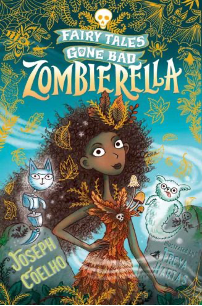
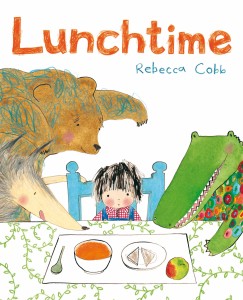 Rebecca Cobb
Rebecca Cobb
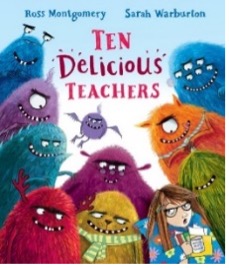


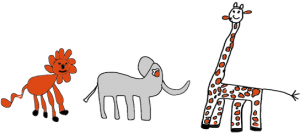
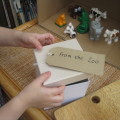
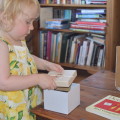

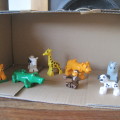
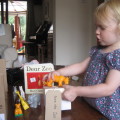
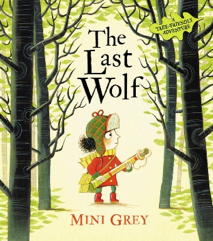 Mini Grey
Mini Grey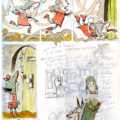
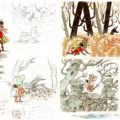
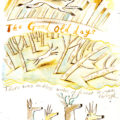
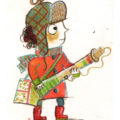

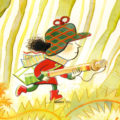
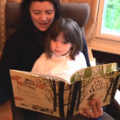
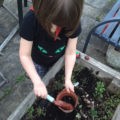
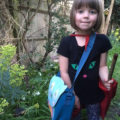
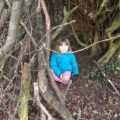
 David Solomons
David Solomons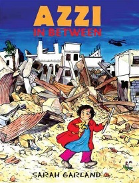 Azzi in Between
Azzi in Between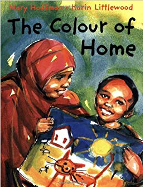 The Colour of Home
The Colour of Home 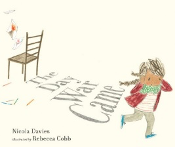 The Day the War Came
The Day the War Came  The Journey
The Journey 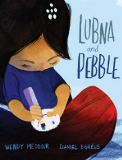 Lubna and the Pebble
Lubna and the Pebble 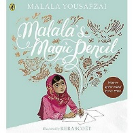 Malala’s Magic Pencil
Malala’s Magic Pencil 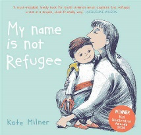 My Name is not Refugee
My Name is not Refugee  Rose Blanche
Rose Blanche 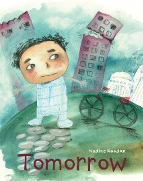 Tomorrow
Tomorrow 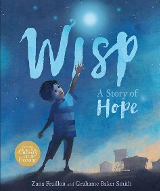 Wisp – a story of hope
Wisp – a story of hope 
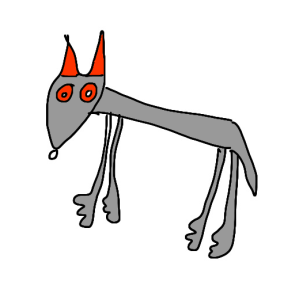
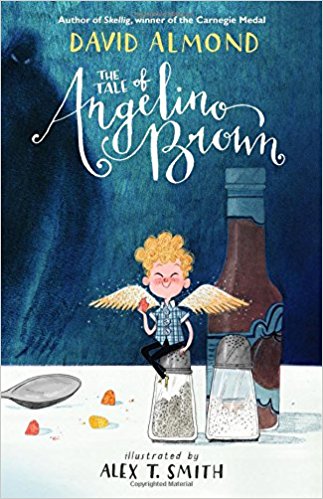 David Almond, Alex T Smith (illus)
David Almond, Alex T Smith (illus)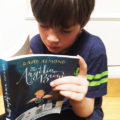
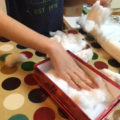
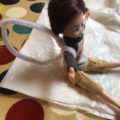
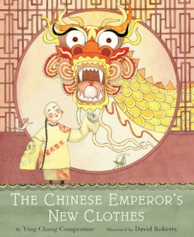 Ying Chang Competine, ill. David Roberts,
Ying Chang Competine, ill. David Roberts, Follow lovemybooksUK15
Follow lovemybooksUK15